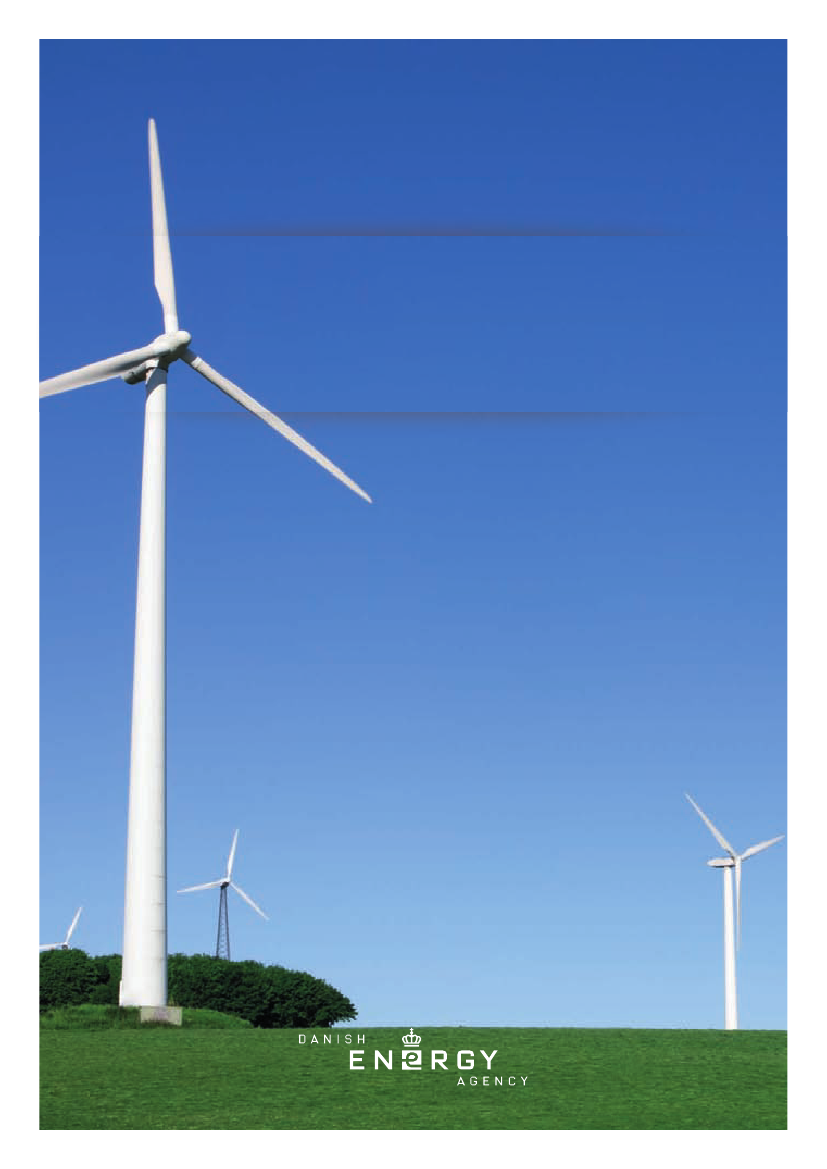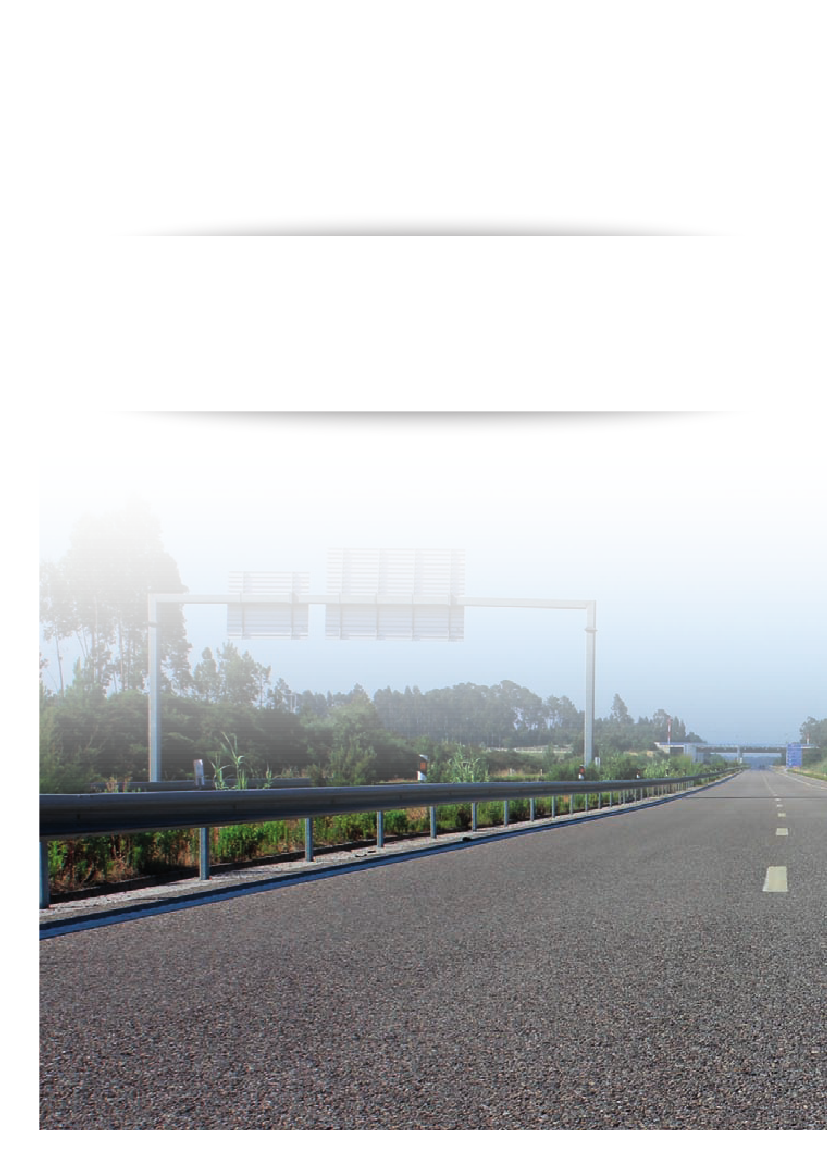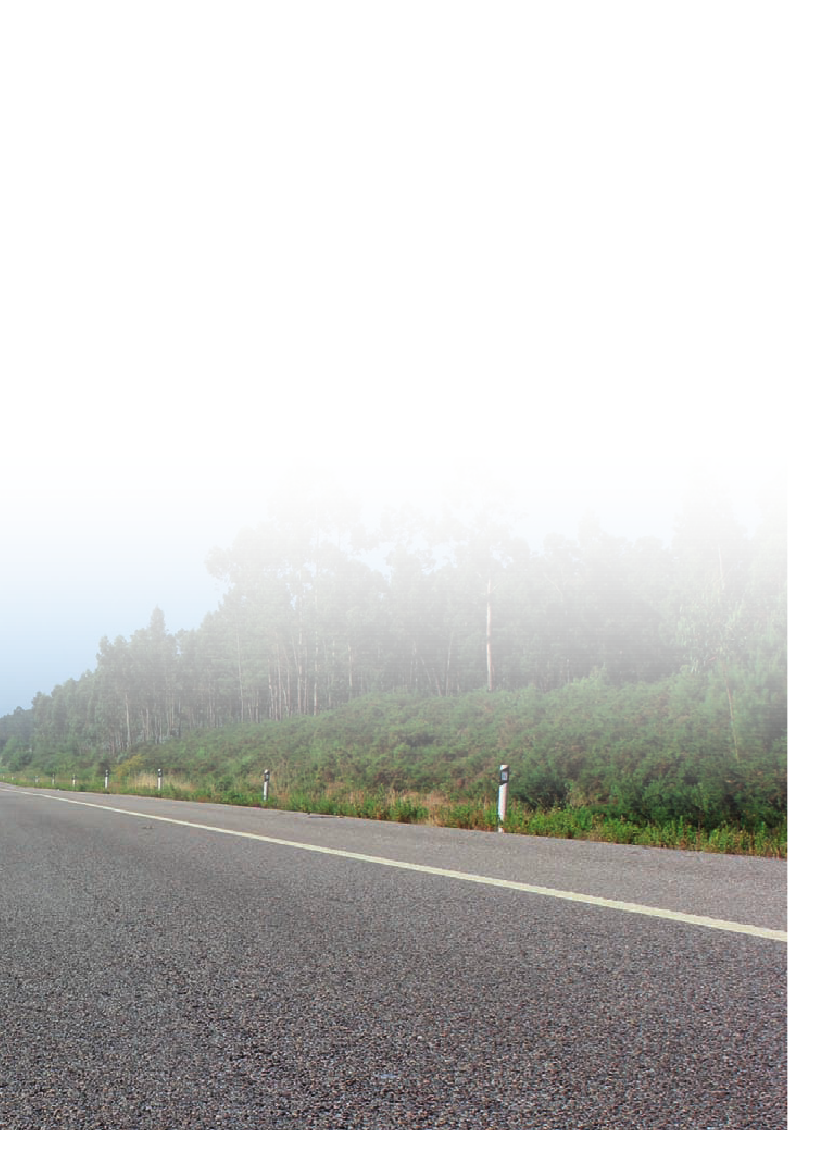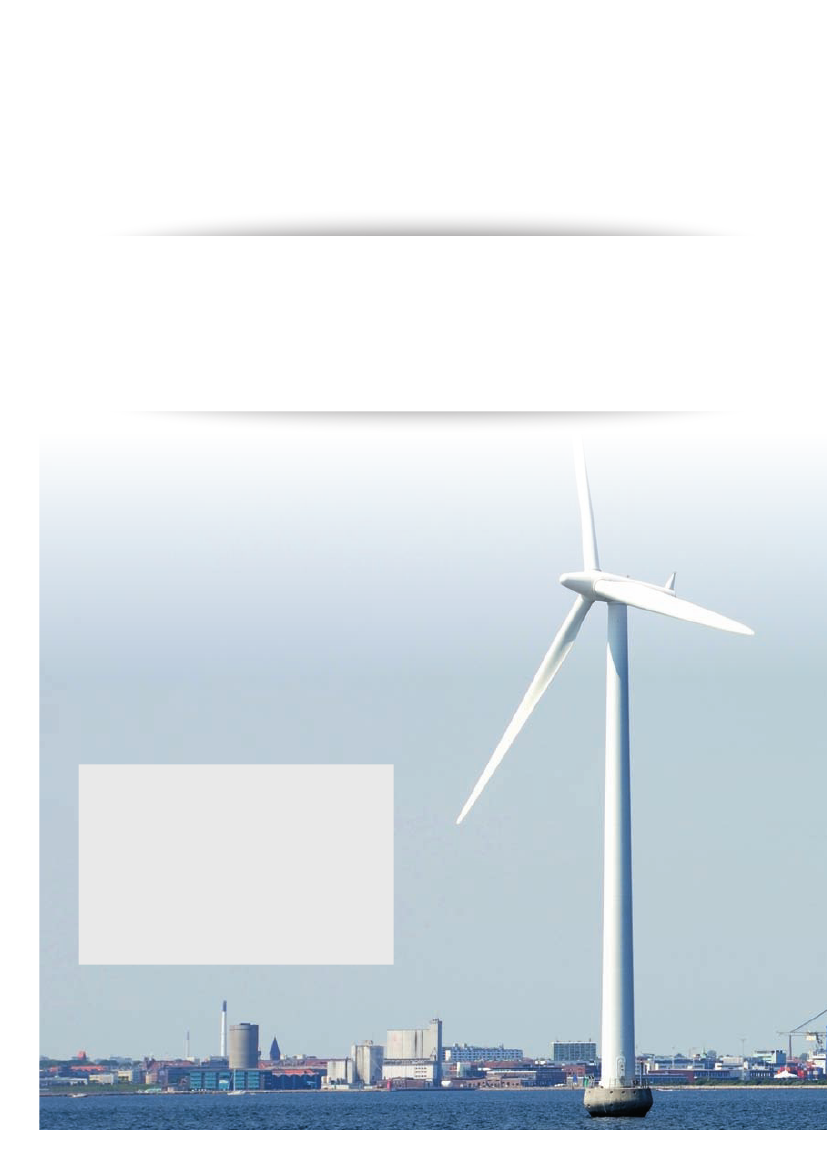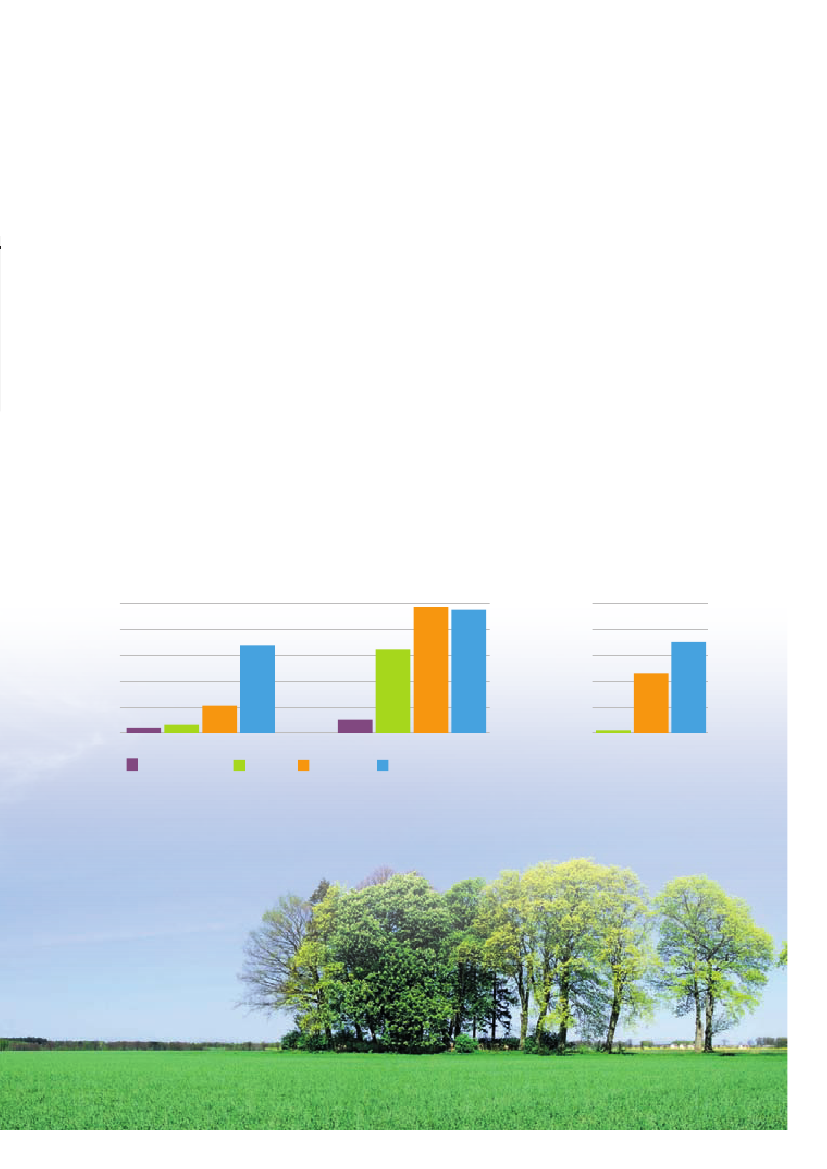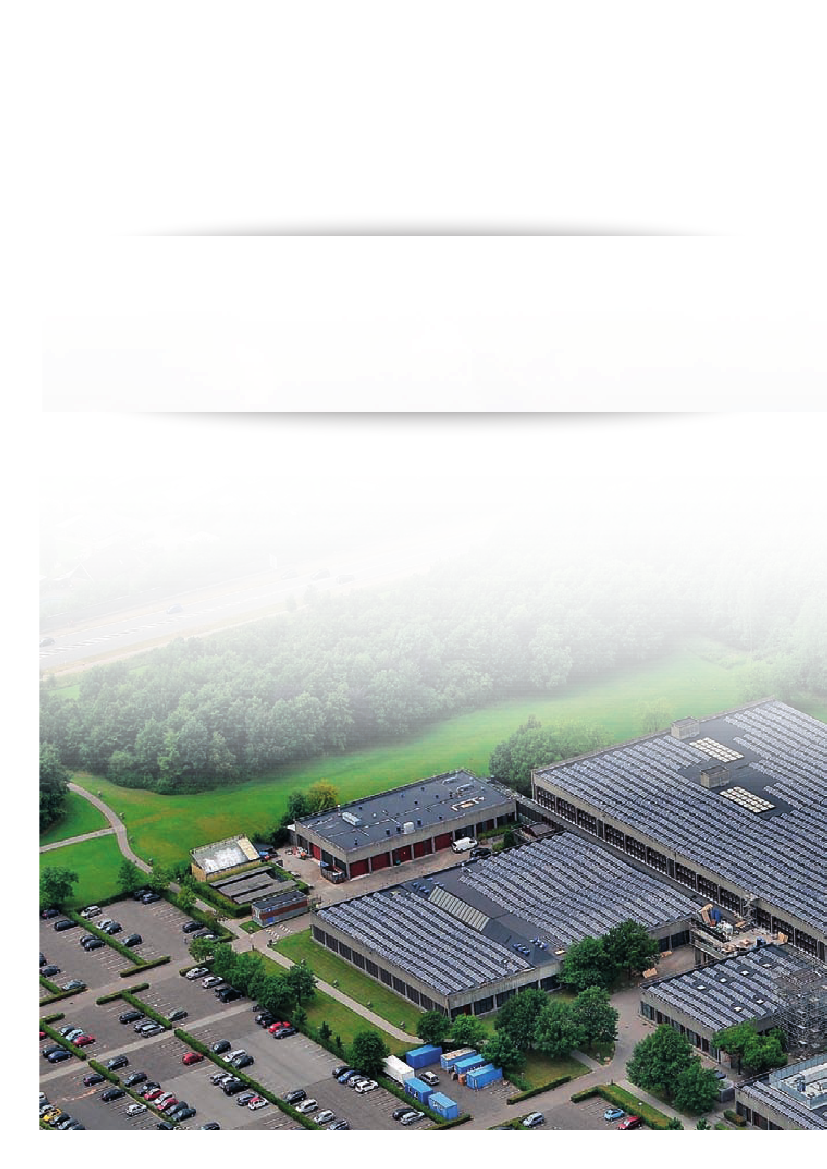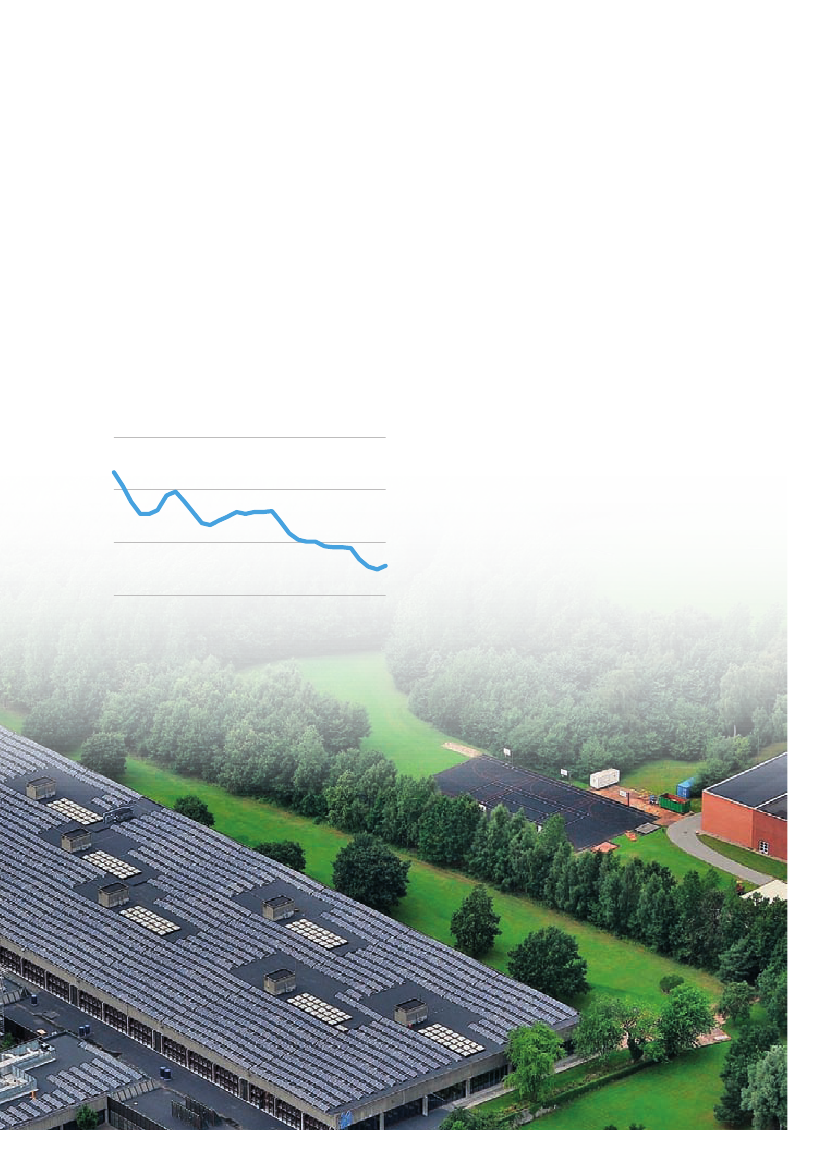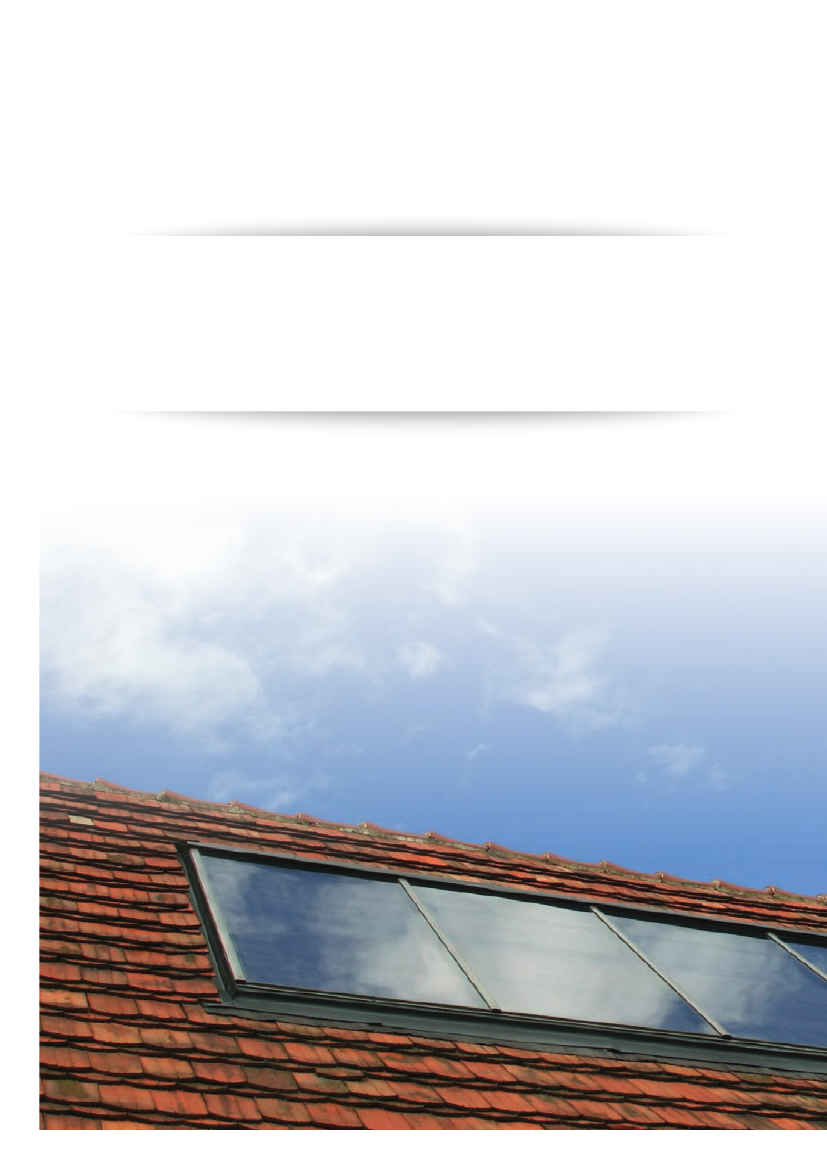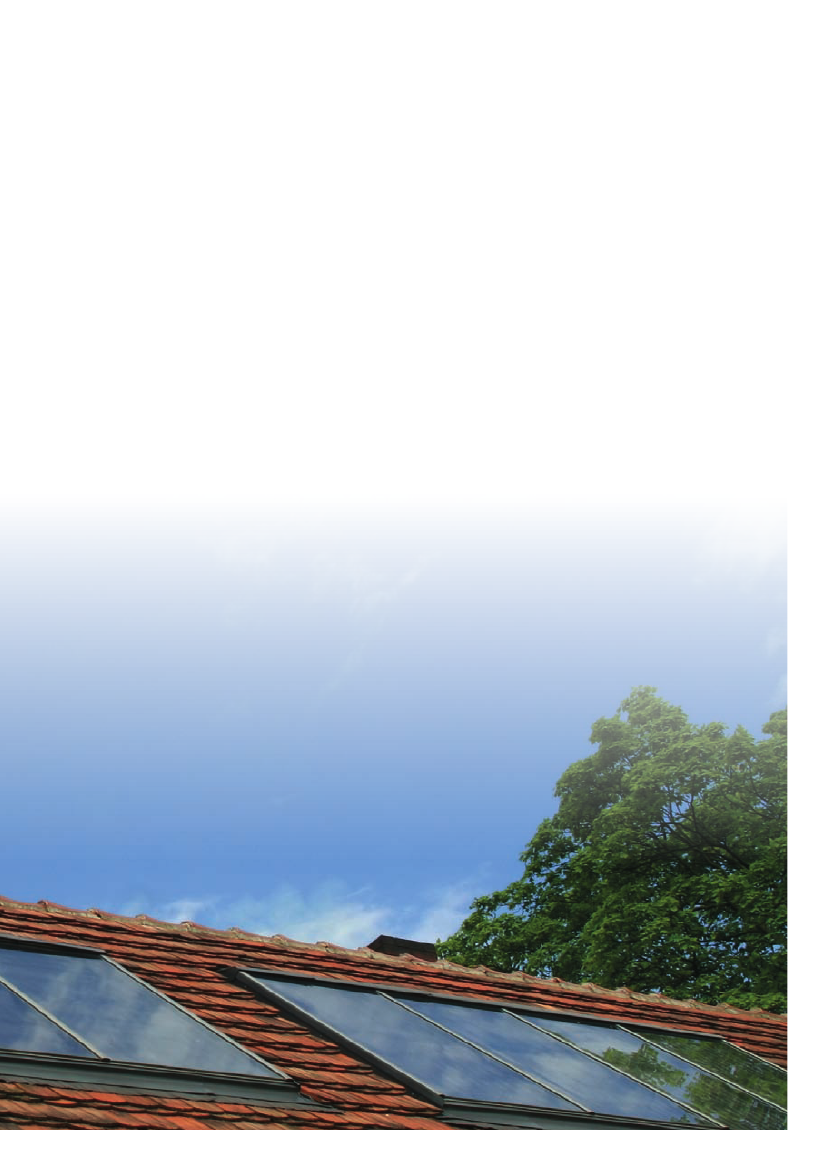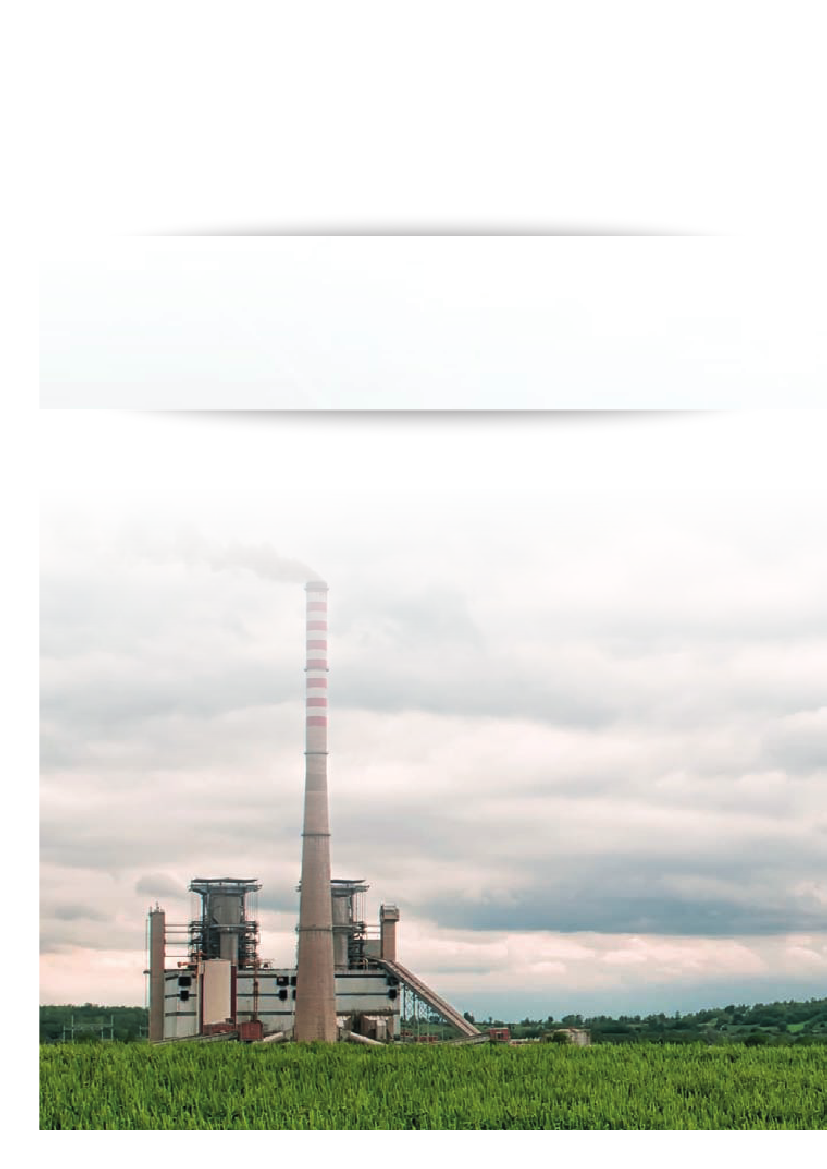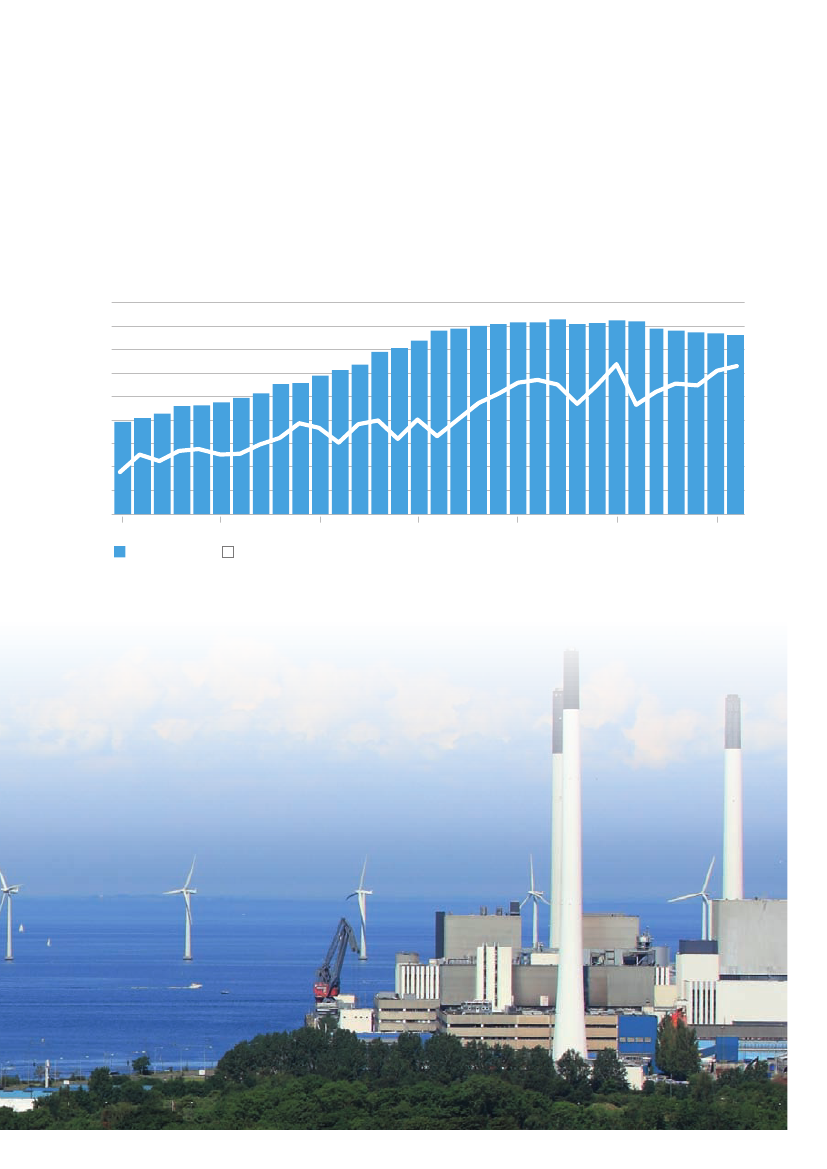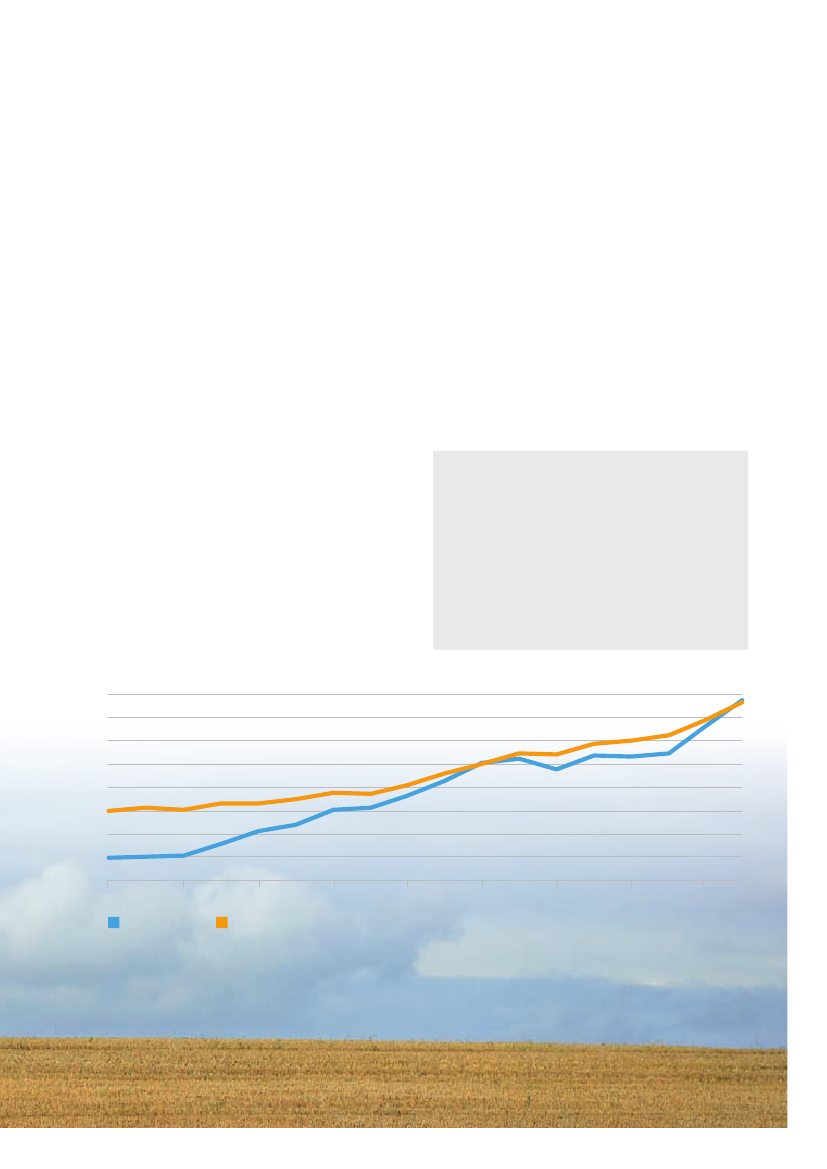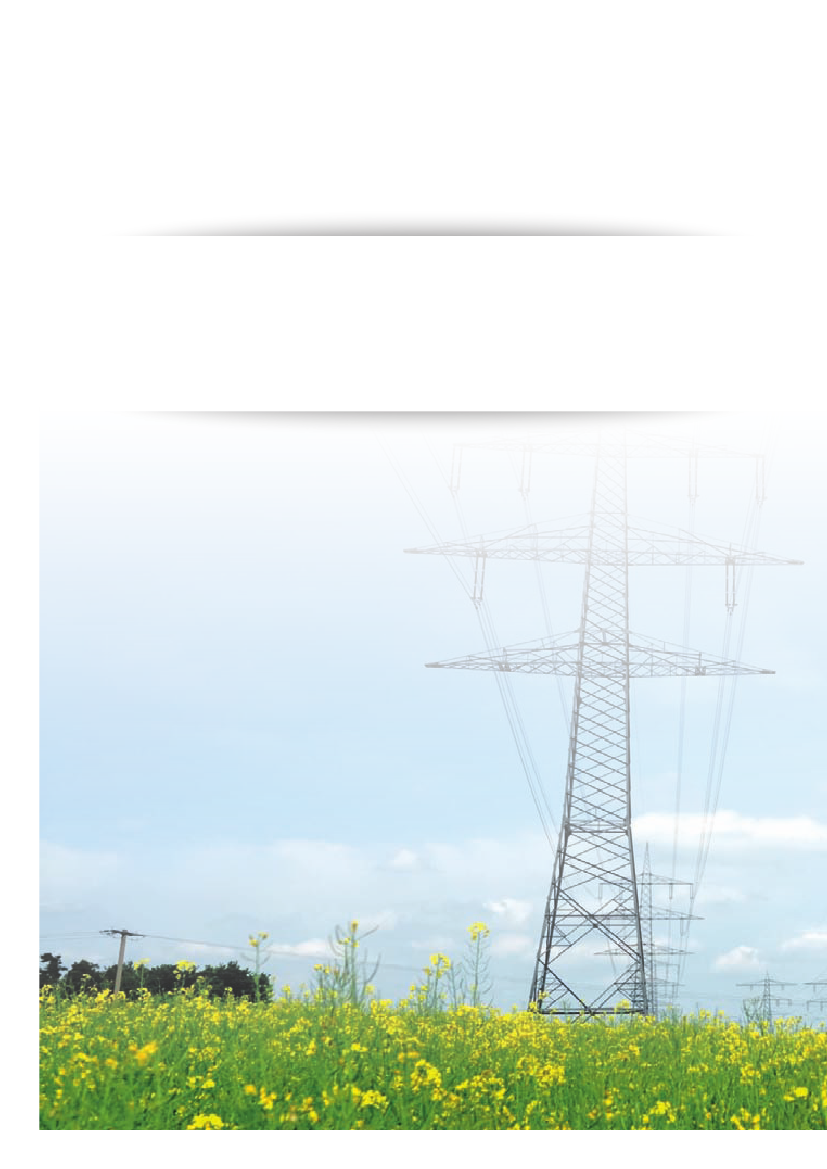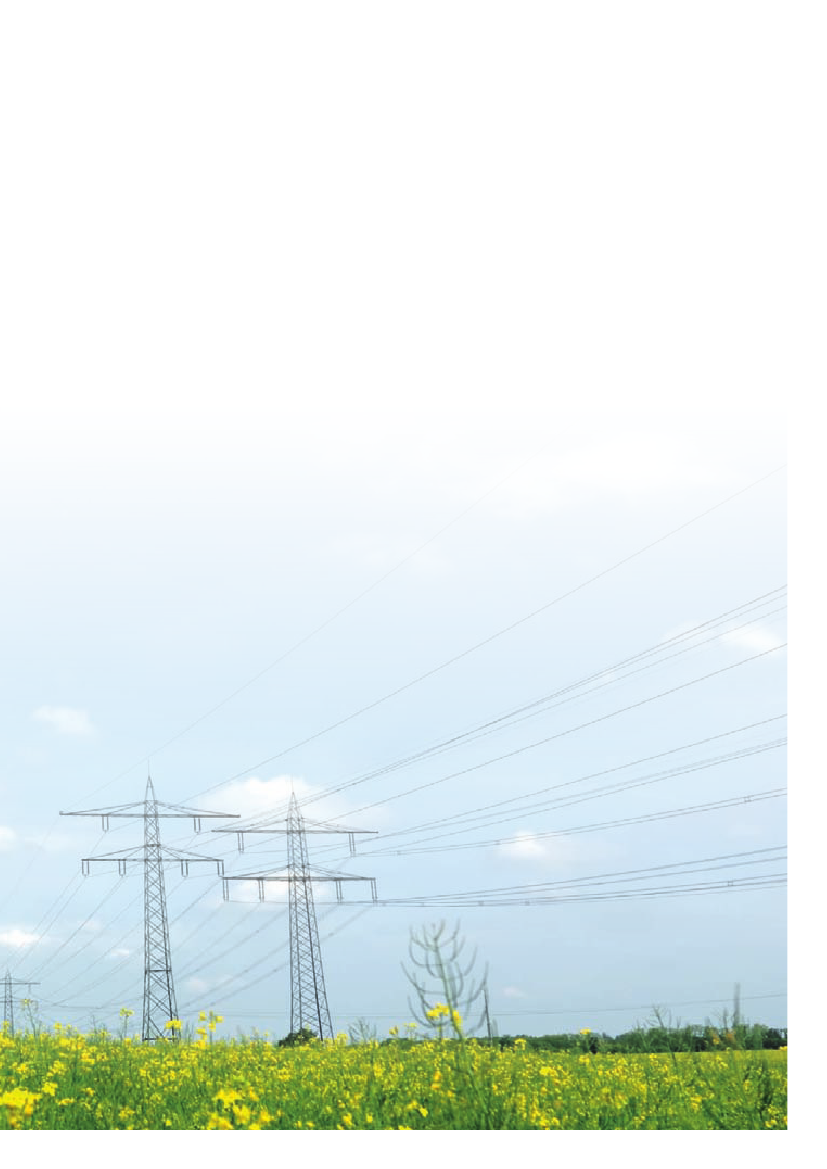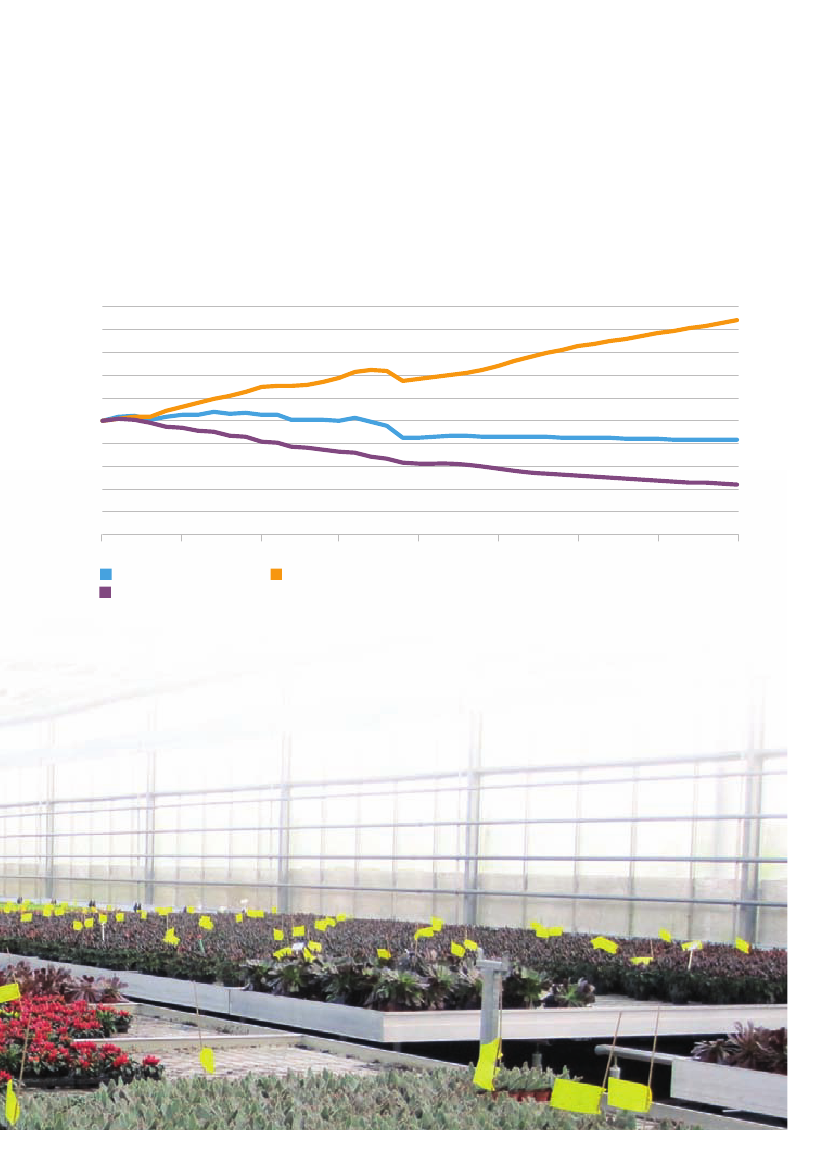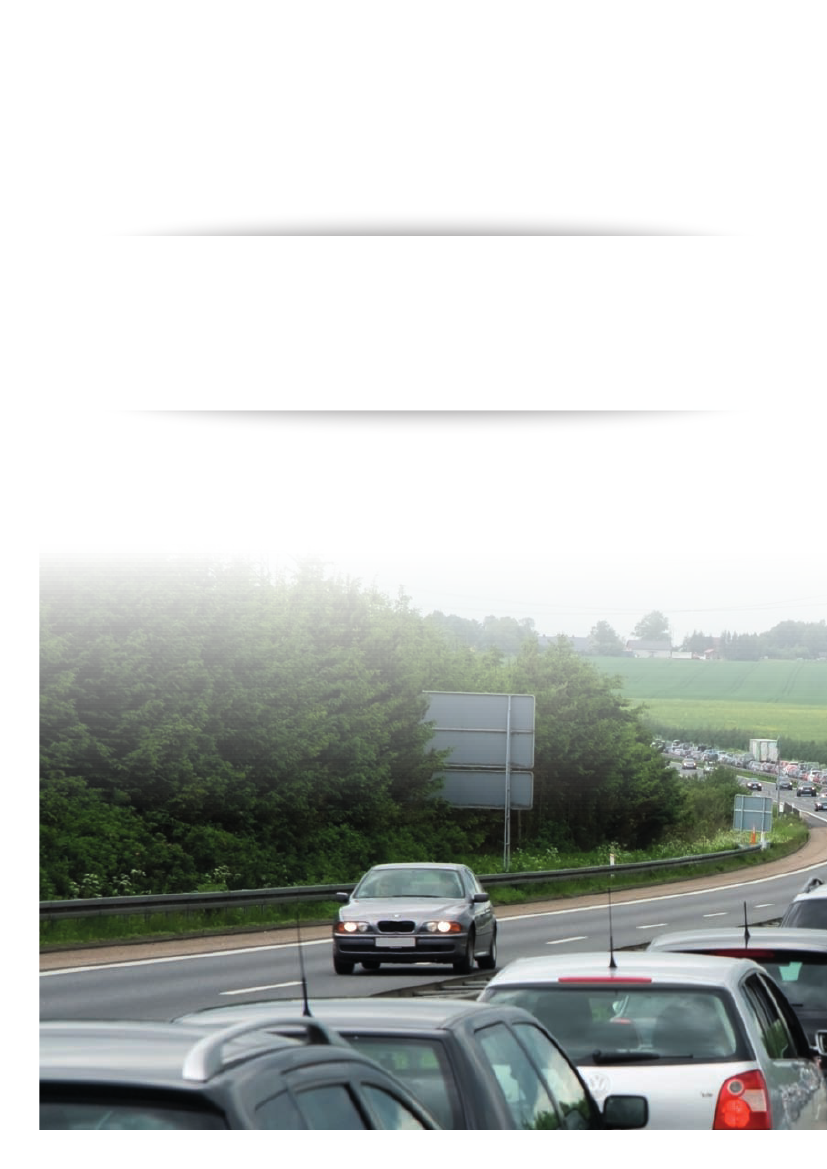Klima-, Energi- og Bygningsudvalget 2012-13
KEB Alm.del Bilag 90
Offentligt
Energy Policyin Denmark
December 2012
PrefaceDenmark´s pathto a greener energy futureDenmark has a long tradition of active energypolicy, initiated by the first oil crisis in 1973. Overthe years, numerous actions have been takenon the basis of a broad consensus in the DanishParliament – both in order to reduce the energyconsumption and in order to increase the share ofrenewable energy.The results have been significant and convincing:Danishexperienceshowsthatthroughpersistent and active energy policy focused onenhanced energy efficiency and ambitious useof renewables, it is possible to sustain higheconomic growth and at the same time reducefossil-fuel dependency and protect the climateand the environment. Since 1980, the Danisheconomy has grown by around 80% while energyconsumption has remained more or less constantand CO2 emissions have been reduced. In terms ofproduction, Denmark is one of the most efficientusers of energy compared with the other EUMember States and OECD countries. For the Kyoto
Foto of Martin Lidegaard by Carsten Snejbjerg
Energy Policy in Denmark
3
period 2008-12, Denmark has committed itself toan ambitious greenhouse gas reduction target of21% - this target will be met. For the year 2020, theDanish Government has set a target of reducinggreenhouse gas emissions by 40% compared to1990.Now, the cornerstones for the Danish energy futurehave also been laid. The Danish Government has setthe long-term goal to abandon fossil fuels by 2050.An important milestone was reached in March2012 with an Energy Agreement for the period2012–2020 – again based on a broad consensus inthe Danish Parliament. This Agreement containsa wide range of ambitious initiatives, bringingDenmark a good step closer to the target of 100%renewable energy.We are already on the right track: renewables nowcover more than 40% of the Danish electricityconsumption. Through expanded offshore windproduction and use of biomass, it is expected
that renewables will cover almost 70% of Danishelectricity production in 2020.We have a responsibility for our own and cominggenerations to secure a better climate, a greenergrowth path and a more secure energy system. Asdescribed above, Denmark has taken significantsteps in this direction and we hope many othercountries will follow.In the following pages, a selection of past andpresent Danish energy policies is presented,together with the results achieved in terms ofenergy savings, use of renewables etc. It is myhope that this booklet will serve as an inspirationfor others who want to reduce dependency offossil fuels and combat climate change.Martin LidegaardDanish Minister for Climate, Energy and Building
Contents
Energy Policy in Denmark
5
1. It began with the oil crises of the 1970s........................................................62. Renewable energy target and new political agreement...............................83. Taxes on energy..............................................................................................104. Heat savings in buildings...............................................................................125. Use of renewable energy in buildings..........................................................146. Municipal heat planning................................................................................167. Energy efficient electricity and district heat production...........................188. Use of renewable energy in electricity and district heat production........209. Electricity market and Nordic power pool...................................................2210. Energy savings and use or renewable energy in industry..........................2411. Energy for transport.......................................................................................2612. Read more.......................................................................................................28
1It began with theoil crises of the 1970sDenmark’s energy policy took shape after the oilcrises of the 1970s. When oil prices acceleratedin 1973 Denmark was among the OECD countriesmost dependent on oil in its energy supply. Morethan 90% of all energy supply was imported oil.As a consequence, Denmark launched an activeenergy policy to ensure the security of supplyand enable Denmark to reduce its dependency onimported oil.
Focus on energy savingsand diversified energy supplyDenmark chose early on to prioritise energysavings and a diversified energy supply, includinguse of renewable energy. A broad array ofnotable energy-policy initiatives were launched,including a focus on combined heat and electricityproduction, municipal heat planning and onestablishing a more or less nation-wide natural
Energy Policy in Denmark
7
gas grid. Furthermore, Denmark extensivelyimproved the efficiency of the building mass, andlaunched support for renewable energy, researchand development of new environmentally friendlyenergy technologies as well as ambitious use ofgreen taxes.In combination with oil and gas production fromthe North Sea, the policy meant that Denmarkwent from being a huge importer of oil in 1973to being more than self-sufficient in energy from1997 onwards.
Ambitious targets for reductionof climate-gas emissionsAlong with a gradual reorganisation of the energysupply for increased use of renewable energy,the energy policy has created the foundation forDenmark to be able to set ambitious targets forreduction of climate-gas emissions and for use ofrenewable energy.
2Renewable energy targetand new political agreementThe Danish Government has the target thatDenmark should use 100% renewable energy inthe energy and transport sectors by 2050.
An ambitious Energy AgreementIn March 2012 a new political agreement on energywas reached in Denmark. This Energy Agreementis an important step towards fulfilling the 2050target. 95% of the members of Parliament (i.e. allparties but one) stand behind the Agreement.The Agreement contains a wide range of ambitiousinitiatives, bringing Denmark a good step closerto the target of 100% renewable energy in 2050.The Agreement covers the period 2012 – 2020. By2020, the Agreement will give the following mainresults:• More than 35% renewable energy in finalenergy consumption• Approximately 50% of electricity consumptionto be supplied by wind power• 7.6% reduction in gross energy consumptionin relation to 2010• 34% reduction in greenhouse gas emissionsin relation to 1990.
Energy Policy in Denmark
9
Figure 1 shows how the gross energy consumptionand the use of renewable energy will develop as aresult of the Agreement. The arrows in the figureillustrate how the share of renewable energy israised both by savings and by increasedenergyofEnergy consumptionRenewableuserenewable energy.Since a large part of the renewable energy will beelectricity from wind turbines, electricity is goingto play a major role in the future Danish energysystem.sionTrloanssspetorc.t800700600500400300200PJ/year
Several actions in the AgreementThe Agreement lists a large number of actions tobe taken during the period 2012 – 2020. Theseactions will result in more than 35% renewableenergy in final energy consumption in 2020. As theAgreement does not go beyond 2020, it does notlay out in detail the path from 2020 to 2050, whichwillTaxes on electricity and on energy for heating and transportlead to 100% renewable energy in 2050.The Agreement includes 62 actions covering thefollowing areas: energy efficiency, renewableenergy for electricity production, district heating,combined heat and power production, use ofrenewable energy in households and industries,smart grids, biogas production, use of electricity1250and renewable energy for transport, research,1000development and demonstration and finallyfinancing of the Agreement.750
Savings
Co
nv
er
ct esr ic sity (exheco cl.atinns el.)g.
USD/1000 litre oil/gasoline
Renewable energy
New500250
analyses securing efficient solutions
Pr
oc
Sp
0
ace
Ele
100
2011
2020
2011
2020
WindOther REWasteBiogasBiofuelsSolid biomass
Figure 1: Danish energy consumption and use ofrenewable energy in 2011 and expected in 2020 as aresult of the new Energy Agreement.
Many of the actions will be implemented byacts, of which most have already been passed0by the Parliament. However, not allUnleaded gasolineactionsLight fuel oil for householdsrequireUnited StatesimplementationJapanof acts. 16 of the actionsGermanyDenmarkcomprise new analyses to be carried out. Theseanalyses are necessary in order to find the mostefficient ways for Denmark to fulfil the target of100% renewable energy. The analyses will focus onspecific questions, for example, one analysis willfocus on how to use the gas network during thetransition from use of natural gas to use of biogasand other renewable energy gases.The actions of the Agreement are presented inthe following sections, together with a historicalpresentation of each sector or focus area.
GJ/m heated area
0.600.550.500.451980198219841986198819901992199419961998200020022004200620082010
GJ/m heated area
0.600.550.500.45198019821984198619881990199219941996
19
3Taxes on energy
Energy taxes on electricity and oil were introducedin Denmark in 1977. Since then, the taxes havebeen increased several times and taxes have alsobeen put on coal and natural gas. In 1992, the taxeswere supplemented by CO2taxes. The main reasonfor the taxes are promotion of energy savings andCO2reductions. Besides, the taxes finance part ofthe state budget.Fuels for electricity production are exempted fromthe taxes, as taxes on these fuels would have anegative influence on Denmark’s large import andexport of electricity. Instead, an energy tax is puton electricity produced.Furthermore, to some extent industry is alsoexempted from the taxes, see section 10.
High tax level compared to other countriesFigure 2 shows some examples of Danish taxes onenergy for households, compared to the taxes inJapan, the United States and Germany. In general,Danish tax levels are high compared to the othercountries. However, regarding fuels for transport,the Danish tax level is the same as the German taxlevel. This is because a higher tax in Denmark thanin Germany would cause Danish consumers to buytheir fuel for transport in Germany and by so doingavoid the Danish tax.The exact influence of the energy taxes on Danishenergy consumption cannot be measured, butthere is no doubt that the taxes have had a biginfluence on energy consumption.
Energy Policy in Denmark
11
A new tax on renewable fuelsUntil now there has been no tax on renewable fuels.With the new Energy Agreement, consumptionof fossil fuels will decrease, and state revenuesTaxes on electricity and on energy for heating and transportfrom taxes on coal, oil and gas will decreasecorrespondingly. Therefore, a new ”security ofsupply tax” has been introduced on all fuels – bioand fossil – for space heating. This new tax willalso finance some of the subsidies for renewableenergy which are part of the Agreement.12501000USD/1000 litre oil/gasoline
RevenuesThe revenue from energy taxes is approx. DKK 40billion or approx. 2 per cent of GDP. Around 45 percent of the revenue is from transport, almost 50per cent from space heating and electricity and 8per cent from process energy.
le energy
250200USD/MWh electricity
e energy
7505002500Light fuel oil for householdsUnited StatesJapanGermanyUnleaded gasolineDenmark
150100500Electricity for households
2020WindBiogas
mass
Figure 2: Current taxes (first quarter of 2012) in USD on fuel for heating, fuel for transport andelectricity in the United States, Japan, Germany and Denmark. Figures for tax on electricity for theUnited States are not available. Source: “Energy Prices and Taxes. Quarterly Statistics. First quarter2012”, International Energy Agency 2012.
GJ/m heated area
0.600.550.500.451980198219841986198819901992199419961998200020022004200620082010
2004
2006
2008
2010
4Heat savingsin buildingsSince 1961 there have been energy requirementsfor new Danish buildings. Before the first oil crisisin 1973, nearly all Danish energy consumptionwas based on oil, and together with the coldDanish climate, this meant that when the oilprice increased dramatically in late 1973, heatingof buildings became very expensive. Therefore,many consumers decided to invest in energyimprovements for their houses. The requirementsfor new buildings were also tightened in 1977. In1978, state subsidies for energy improvementsto existing buildings were introduced. Thesesubsidies lasted to 1984.The energy performance of new buildings isregulated in the Danish building code. The energyperformance covers energy for heating, cooling,ventilation, domestic hot water and lighting. Theenergy requirements have been tightened severaltimes since 1961. Today, the heat demand of newbuildings is only about 25% of what it was before1977.
Energy Policy in Denmark
13
GJ/m heated area
0.600.550.500.451980198219841986198819901992199419961998200020022004200620082010
GJ/m heated area
0.600.550.500.45198019821984198619881990199219941996
19
Decreasing heat demand per square meterTogether with the taxes on fuels for space heating,these measures have resulted in decreasing netheat demand for space heating, measured persquare meter of heated floor area. Figure 3 showsthe development in net heat demand for spaceheating per square meter of heated area.0.60
Future decrease in energy for heatingThe most recent building code also has futurerequirements for new buildings to be builtfrom 2015 and from 2020. In 2020 the energyperformance of new buildings will be extremelygood. At that time, new buildings will be “nearlyzero” buildings, with the small use of energycovered primarily by renewable sources.The new Energy Agreement contains a numberof initiatives aimed at reducing the energy90%consumption of existing buildings further,including subsidies for investments in energy80%conservation, an energy savings package for70%rented housing and elaboration of a new strategyfor60%energy renovation of existing buildings.50%
0.55GJ/m heated area
0.50
0.451980198219841986198819901992199419961998200020022004200620082010
40%30%20%10%0%19801985Electricity19901995District heating
Figure 3: Development in net heat demand perofheated area for households. The figures are averagesfor all Danish households and averages over 3 years.
m2
Shares of RE in electricity and district heating
40%35%30%25%20%15%10%5%0%19941996District heatingPhoto by Dragør Luftfoto/Topdanmark
1998Electricity
2000
2002
200
5Use of renewableenergy in buildingsIn 1981, state subsidies for renewable energy,for example for heat pumps and for solar heatfor space heating, were introduced. As a resultof these subsidies (together with the incentivefrom the energy taxes on fossil fuels), the shareof renewable energy for space heating grew by8 percentage points, from 5% in 1980 to 13%in 20011. The subsidy schemes were altered anumber of times during the years, but remained ineffect until 2001, when the schemes were finallyabolished.
Energy Policy in Denmark
15
High oil prices making renewables attractiveAround 2000, increasing oil and natural gas pricesgradually made use of wood for heating attractivefor private consumers, and the share of renewableenergy consequently grew considerably. Thisgrowth took place without any governmentalefforts, apart from the energy tax system, whichfavours renewable energy. Today, 23% of theenergy used for heating is renewable energy,mainly wood, with a minor share coming fromheat pumps. To this comes the share of renewableenergy in district heating. With approximately40% of Danish district heating being based onrenewables, the total share of renewables forheating adds up to 41%.
Ban on oil and natural gasIn order to reduce the use of oil and natural gasfor space heating, the Energy Agreement statesthat from 2013 use of oil and natural gas will notbe allowed in new buildings. For existing buildingswithin district heating areas and natural gas areasit will not be allowed to install new oil furnacesfrom 2016. Moreover, analyses will be drawn upto examine how heat pumps and solar heat canbe promoted. Since use of biomass for individualspace heating may not be the most efficientway of using the biomass, promotion of biomassfor individual heating is not part of the EnergyAgreement.
1) Use of RE for district heating is not included in thesefigures, see section 8.
6Municipal heat planning
Prior to 1979, there was no law regulating heatsupply in Denmark. Most consumers had oilfurnaces or other forms of individual heating. Theoil crises in 1973/74 and at the end of the 1970sset focus on Danish energy consumption, andresulted in a policy aiming atimproving security of supply,reducing the dependence onoil, and building a multi-sourceenergy supply structure.
When natural gas was found in the Danish part ofthe North Sea, this new energy source became animportant factor in reducing oil dependency.
Heat planning to reduce oil dependencyIn order to fulfil the policy goals and at the sametime to utilise the natural gas, the first heatplanning law was passed in Denmark in 1979.The law contained regulations on the form andcontents of heat planning in Denmark and was thebeginning of new public planning.The planning was divided into phases. In the firstphase, local authorities were to prepare reportson their heat requirements, the heating methodsused and the amounts of energy consumed. Theywere also asked to assess heating possibilities.County councils then used this data to prepareregional heat supply summaries.
Energy Policy in Denmark
17
Both regional and local heat plansIn the second phase, local authorities were toprepare a draft of future heat supply while thecounty councils prepared “regional summaries”.On this basis, the county councils then prepareda definitive regional heat plan, which became thethird phase in overall heat planning. The planswere required to show:• in which areas the various forms of heatsupply should be prioritised• where future heat supply installations andpipelines should be located.Within the boundaries of the regional plan, andafter negotiation with the local energy utilities, thelocal authorities would then prepare a municipalheat plan. Heating projects for establishment,expansion or other changes of the local districtheating system and the local natural gas systemwere subject to local authority approval andshould correspond to the regional and municipalheating plan.
District heating and natural gasIncreased use of district heating and of naturalgas played an important role in many heat plans,and the heat planning process led to an extensivedevelopment of both natural gas and districtheating networks. From 1972 to 1990, the share ofnatural gas for heating grew from 0% to more than10%, and the share of district heating grew from20% to approx. 40%. Since 1990, the use of naturalgas and district heating has grown further, andtoday the shares are 17% and 48% respectively,for natural gas and district heating.
Revival of planningDuring the 1980s, great efforts were put into theplanning process, and by the end of the 1980s, heatplans had been made for the entire country. In 1990the public planning system was replaced with theso-called project system, which no longer requireddevelopment of regional and municipal heat plansprior to approval of projects for establishment,expansion or other changes of the local districtheating system. Today, the Heat Supply Act is stillin force (although changed a number of times),but planning activities are at a much lower level,since heat plans are not required today.Today, many Danish municipalities want tobecome “green”, CO2neutral or in other waysenvironmentally friendly. This has led to a demandto revitalise the old heat planning concept, andtherefore a new energy planning voluntary concept,which will include all types of energy consumption,is being elaborated. The concept is focusing onlong-term strategic initiatives and choices at locallevel. Cooperation between authorities, energyutilities and other stakeholders is vital. A budgetfor such voluntary energy planning activities hasbeen set aside the new Energy Agreement.
Choice of heat supply based on costsThe choice of heat supply was to be based oneconomic costs, and as aid to the local authoritiesin completing the relevant economic calculations,the first Danish technology catalogue wasdeveloped. This catalogue contained informationnot only on heat supply plants, but also on variousother items that were considered important, suchas how to calculate the distribution of heat demandover a year, how to assess the investments in gasnetworks and district heating networks etc. Fuelprice forecasts were also prepared.
7Energy efficient electricityand district heat productionWith more than 55% of the net energy demandfor heating being supplied from district heatingsystems, Denmark has one of the highest sharesof district heating in the world. This fact has givenDenmark a unique opportunity to increase theefficiency of electricity and heat production byusing combined heat and power (CHP) plants forthe production. In 1980, only 18% of the electricityproduced at thermal plants was produced incombination with heat. In 2011, this share hadincreased to 63%.
Expansion of combined heat and powerThis development is the result of a strong politicaleffort. Use of surplus heat from large electricityplants for district heating has been promotedby state subsidies (Act from 1977). During the1980s and 1990s, many district heating plantshave been converted to combined heat and powerproduction, mainly gas fuelled. This developmenthas been enabled by government-led heatplanning establishing the framework for localauthorities. The financial incentive to invest in theCHP conversion was facilitated by an electricitygeneration subsidy for small-scale CHP plants.The new Energy Agreement states that an analysisof the future role of district heating is to be carriedout.
0.50GJ/0.451980198219841986198819901992199419961998200020022004200620082010
2006
2008
2010
Energy Policy in Denmark
19
90%80%70%60%50%20062008201040%30%20%10%0%19801985Electricity19901995200020052010District heating
Shares of RE in electricity and district heating
Figure 4: Development of CHP share of thermal elec-tricity production and district heating production inDenmark
Energy loss halved
Because of the increased efficiency, the conversionloss and heat distribution loss has fallen from 107%of the produced heat and electricity in 1972 to only40%50% in 2011. If this loss had remained at 107%,35%the loss in 2011 would have been approx. 110 PJhigher than today. 110 PJ equals approx. 14% of30%total gross energy consumption in Denmark, so25%the extensive use of CHP has reduced the Danish20%gross energy consumption by 14%.15%10%5%0%19941996District heating1998Electricity200020022004200620082010
200180160140
8Use of renewable energy in electricityand district heat productionOf the total amount of renewable energy used inDenmark, the largest share is used for productionof electricity and district heating. In 2011, 113 PJout of 174 PJ of renewable energy was used forelectricity and district heating. Wind for electricityconstituted 35 PJ and bioenergy for electricity anddistrict heat production constituted 77 PJ.Today, approx. 28% of electricity in Denmark isproduced by wind turbines, and as a consequenceof the Energy Agreement this share will increaseto 50% in 2020. The Energy Agreement includesapprox. 1,500 MW of new wind capacity to beestablished through tenders for offshore farms,new planning tools for onshore wind turbines anda new subsidy scheme for offshore wind turbinesin coastal areas. Besides, a number of old windturbines will be replaced by new and larger ones.
Promotion of wind energyWind turbines have been supported by changinggovernments in numerous ways, includingstate subsidies, feed-in tariffs, orders to theelectricity utilities to build a specific number ofwind turbines (before the liberalized electricitymarket was formed), tenders for offshore windfarms (comprising an element of subsidy paidby the electricity consumers) and orders to themunicipalities to allocate suitable areas for newonshore wind turbines.
Increased use of biomassUse of biomass for electricity production and forCHP has been supported by subsidies to smallscale plants and orders to the large power plantsto convert to biomass (before the liberalizedelectricity market was formed). After liberalizationof the electricity market large power plants usingbiomass are now supported by subsidies in theform of feed-in tariffs. To this comes the indirecteffect of energy taxes on fossil fuels for heatproduction.
GJ/
0.451980198219841986198819901992199419961998200020022004200620082010
2006
2008
2010
Energy Policy in Denmark
21
90%80%70%60%50%20062008201040%30%20%Use of biomass at district heating plants for• allowing producers and consumers to shareheat production has only been supported by thethe financial advantage of using biomass10%government indirectly by exemption from energy(until now, the electricity producers have0%tax, as combined heat and power production hasnot been allowed to benefit from the tax1980198519901995200020052010had a higher priority than heat-only production.advantage of biomass for heat)District heatingThis means that gas-firedElectricitybeen preferredCHP hasto biomass heat production in areas where natural• allowing some of the smaller district heatinggas has been available. Despite this fact, moreplants to produce heat from biomass insteadthan 25% of the fuel used for electricity and districtof CHP from natural gasShares of RE in electricityin 2011 was bioenergy.and district heatingheating production• increased subsidies for biogas production.The Energy Agreement will lead to increased useof biomass for electricity and heat production by:40%35%30%25%20%15%10%5%0%19941996District heating1998Electricity200020022004200620082010
Figure 5: Shares of renewable energy in electricity anddistrict heating production; calculated on the basisof produced amounts of electricity and heat, split byenergy sources.
200180160140
9Electricity marketand Nordic power poolIn Denmark, electricity can be traded bothbilaterally between generators/traders anddistribution companies/end-consumers/tradersand via the Nordic Power Exchange (NordPool).Use of this market system for electricity has easedintegration of wind and reduced costs of buyingpower from abroad. The market serves as a cost-efficient backup and it serves to balance the windgeneration.
What is NordPool?NordPool is a series of international electricity-trading markets, incorporating the Scandinavianand Baltic countries. Hourly power contracts forphysical delivery during the next 24-hour periodare traded in the spot market (NordPool Spot);owned jointly by the Nordic transmission systemoperators (TSO’s). On the spot market the marketprice is settled for every hour and for every regionalarea. The TSO’s also run an intraday market forphysical trade called Elbas. At the Elbas market,electricity can be traded up to one hour beforephysical delivery. Two other markets also exist; theregulating power market and the reserve capacitymarket.
Energy Policy in Denmark
23
Monopoly in DenmarkUntil the late 1990s, Danish electricity productionand supply was not regulated by market forces. Inthe 1980s wind turbines and other small producersof electricity had obtained a right to sell all of theirproduced electricity to the large power companiesat fixed prices, but apart from that the Danishelectricity sector was in reality a monopoly.In the first half of the 1990s there was pressurefrom manufacturing industry and others to be ableto freely choose electricity supplier. This was thekey driver for the reorganisation of the electricitysector in Denmark.
requirement. Also distribution companies withannual sales of more than 100 GWh were allowedto purchase their electricity at their own choice.These distribution companies covered 90% ofdemand. The change in legislation only had limitedeffect and should be considered as an interimmeasure before the reform a year later.The big reform took place by issuing an entirelynew Electricity Supply Act in June 1999. Thisrequired full unbundling of activities byseparating monopoly activities of distribution andtransmission from sales and generation. Monopolyactivities continued to operate under regulatedtariffs, whereas tariff-regulation of generationand trade was terminated. The new ElectricitySupply Act included a full roadmap for opening ofthe Danish end-user electricity market:Consumption above 100 GWh– immediately (implemented already ayear earlier)Consumption above 10 GWh– by 1 April 2000Consumption above 1 GWh– by 1 April 2001Full market opening by 1 January 2003.Today the electricity market is fully implementedand well functioning. The state-owned TSO“Energinet.dk” has the responsibility for theoperation of the market, together with its sisterorganisations in Norway, Sweden, Finland and theBaltic States.The new Energy Agreement includes a number ofactivities aiming at improving the possibilities ofthe electricity market to deal with the fluctuatingelectricity production from wind turbines andother renewable energy electricity producers.
EU directive oninternational electricity tradeAt the same time, the European Union drovea development based on the principle of freemovement of goods. The first EU directive on theinternal market in electricity demanded that eachMember State should organise international tradein electricity, requirements for unbundling andtransparency to system operator independence,access to the grid, and minimum size ofliberalised consumers. This first directive had tobe implemented into national legislation by 19February 1999. The directive has been followedby two more directives (to be implemented in2004 and 2011) aiming at improving the marketsystems.
The Danish electricity reformIn Denmark, the first step towards the internalmarket in electricity took place with anamendment to existing regulation passed byParliament in 1996, and it entered into force by 1January 1998. The legal adjustment enabled large-scale consumers with an annual consumption ofmore than 100 GWh to choose their own supplierand have the electricity transported through thegrid. Only seven companies complied with this
10Energy savings and use ofrenewable energy in industryUntil 1993, Danish industry was exempted fromenergy and CO2taxes, due to export interests. Inorder to encourage the companies to save energy,a CO2tax on energy consumption in industry wasintroduced in 1993, and in 1996 a new “Green TaxPackage” was introduced. This package comprised3 elements:• An increased tax on CO2emissions from fossilfuels used for industrial processes• Enterprises could get a reimbursement of thistax provided that they made an agreementwith the authorities on specific energysavings projects• Enterprises could apply for subsidies forthe savings projects. The sum set aside forsubsidies amounted to DKK 1,800 mill. for theperiod 1996–99.Since 1996, the agreement system has beendeveloped continuously. The present concept isthe result of a close dialogue between the DanishEnergy Authority and various interested partiessuch as the Confederation of Danish Industries.In 2005, the European CO2emission tradingscheme (ETS) was introduced. A large part of theCO2emissions from Danish industry was coveredby this scheme. Following the introduction of theETS, the Danish CO2tax was changed. Industriescovered by the ETS were exempted from CO2tax,while the tax for enterprises not covered by thescheme was set at the CO2quota price.
Declining energy intensityAs a result of these efforts, the energy intensityin industry has been declining for the last 20years, and it is expected to decline further in the
20%15%10%5%0%19941996District heating1998Electricity200020022004200620082010
Energy Policy in Denmark
25
200180160140120100806040200199019952000GDP200520102015202020252030
Final energy consumptionFinal energy cons. relative to GDP
Figure 6: Development in GDP and in final energy con-sumption in industry (1990 = 100).
future. Figure 6 shows the development in finalenergy consumption in industry, together with thedevelopment in consumption relative to GDP2. Thefigure shows that the energy intensity in Danishindustry is expected to more than halve from 1990to 2030.
Until now, focus has been on energy savings inindustry. With the new Energy Agreement thefocus is widened to cover renewable energy aswell. Thus, a new green business scheme of DKK250 mill. in 2013 and DKK 500 mill. per year from2014 to 2020 will promote the efficient use ofrenewable energy in industry.
2) Future development is based on the Danish EnergyOutlook 2012. Link: www.ens.dk/outlook2012
11Energy for transport
Gasoline and oil for transport is also taxed heavilyin Denmark. The first taxes were put on these fuelsin 1977, and the taxes have been raised a numberof times since then. Today the taxes (comprisingan energy tax, NOxtax and a CO2tax) are approx.92 DKK/GJ for diesel and approx. 134 DKK/GJ forgasoline. Besides, there is a high purchase tax onnew cars and an annual owners tax depending onenergy efficiency.
Despite this high tax level, the use of fuels fortransport has been growing steadily during thelast 40 years, from 140 PJ in 1972 to 210 PJ today.The share of renewable energy is very small – only3% in 2011. One of the reasons for this low shareof renewable energy is that it is in general moreexpensive to use renewable energy within thetransport sector than in other sectors. This is alsothe case for electric cars, which are today veryexpensive compared to traditional cars.
Energy Policy in Denmark
27
Use of biofuels and electricityFrom 2012, all gasoline and diesel for transportsold in Denmark must contain an average of 5.75%biofuel. Due to EU legislation, it can be expectedthat this will be increased to 10% from 2020.In order to promote use of electric cars, these carsare today exempted from the purchase tax and theannual owners tax.
There are two ways of increasing the use ofrenewable energy for transport in the future,either by using biofuels (liquid and / or gaseous)or by using electricity produced by wind turbinesand other renewable energy sources. Today, it isnot clear to which extent each of the two ways willbe used, and therefore the new Energy Agreementsays that analyses regarding energy efficientvehicles, use of alternative energy sources etc.have to be carried out. Furthermore, money hasbeen set aside for investments in infrastructureregarding energy for transport and for prolongingthe registration fee exemption for electric cars.
11Read more
Energy Policy in Denmark
29
The Energy Agreementwww.ens.dk/energyagreementWording of the agreement (in Danish):www.ens.dk/eneriaftaletekst
Danish energy statisticsEnergy Statistics 2011 (in Danish):www.ens.dk/statistik2011Energy in Denmark 2010 (in English):www.ens.dk/energyindenmark2010Energy Statistics 2010 (in English):www.ens.dk/statistics2010
Danish Energy Outlook 2012www.ens.dk/outlook2012
Danish Energy AgencyAmaliegade 441256 Copenhagen KDenmarkPhone: 00 45 33 92 67 00E-mail: [email protected]This publication can be downloadedand ordered on www.ens.dkISBN (printed version): 978-87-7844-958-0ISBN (electronic version): 978-87-7844-959-7Design and layout: Solid Media Solutions
December 2012
